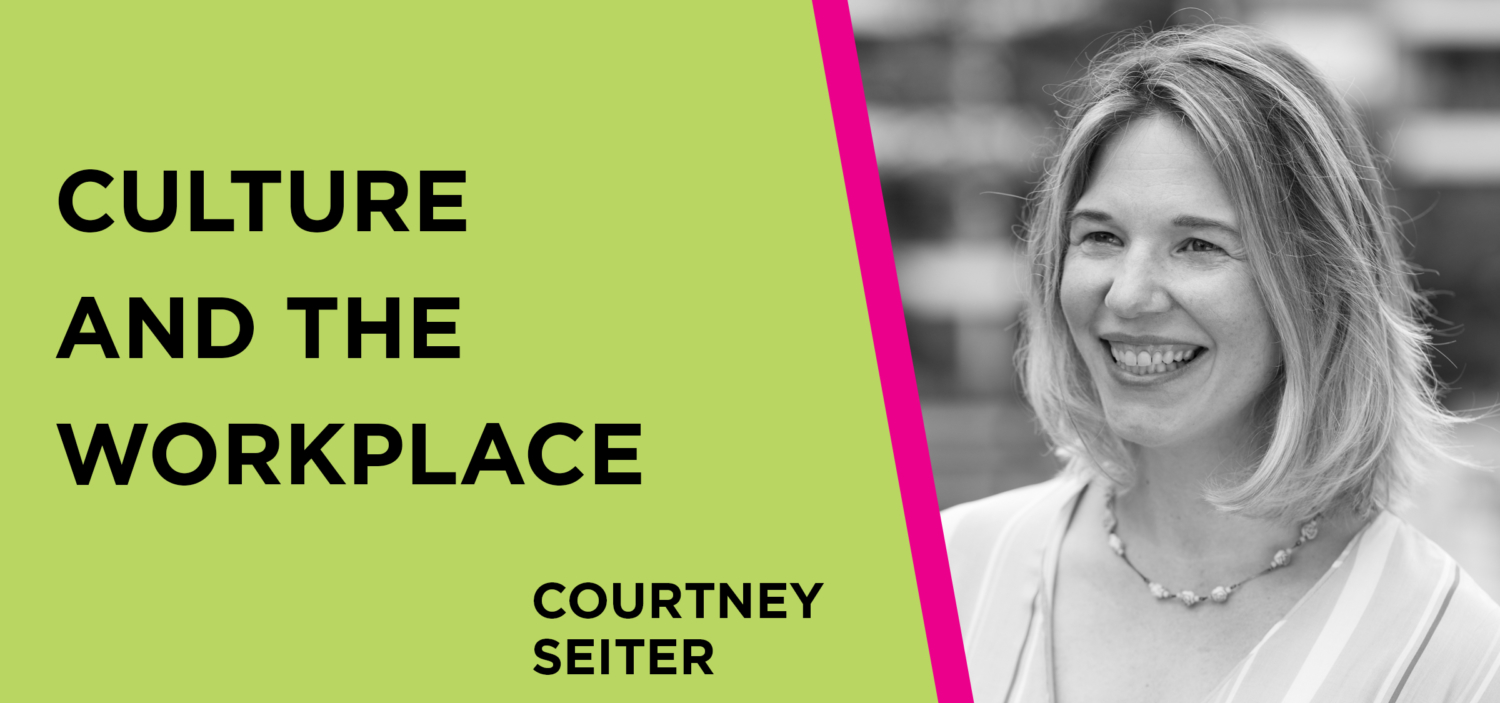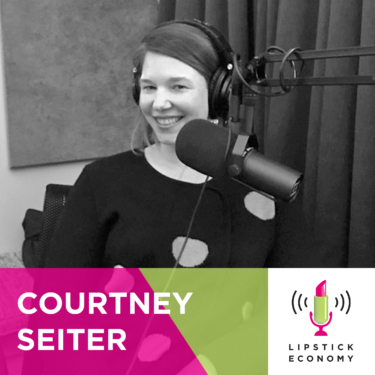Courtney Seiter & Buffer
Changing the Way People Work
As Director of People at Buffer, Courtney Seiter has seen firsthand how diversity and workplace culture affect a company’s ability to reach a wider audience. She tells Lipstick Economy about Buffer’s unique values and shares her insight into some of today’s most popular social media platforms.
What should we know about Courtney?
Courtney approaches her human resources role with a unique background of marketing, journalism and social media, which helps her understand that human resources and recruiting are all about amplifying your company’s message to the right audiences. She’s passionate about diversity and inclusion in the workplace and has helped Buffer become a great place for women and underrepresented groups to work. Courtney is also a weight lifter, music lover and writer.
How is Buffer changing the way people work?
Buffer — which offers a suite of tools to help companies build their businesses online — was one of the early examples of a fully distributed workspace. The company’s 90 employees live all over the world and share no physical office space.
On top of that, Buffer is incredibly focused on transparency. The founders have worked to share resources that will help the people coming up behind them, and transparency colors every aspect of how Buffer works, from the sharing of work emails to publishing salaries and salary formulas. Buffer’s unique model proves that even when communication requires extra time and effort, it’s worth it in the end.
Why is it important for tech companies to hire more women?
Courtney believes diversity is a huge part of what makes Buffer special, but the company still struggled to recruit women in its early stages. However, developing a team of diverse people and perspectives is essential for reaching a larger audience, and Buffer has overcome the “diversity debt” to now employ 55% men and 45% women. Since men and women use social media differently, it’s important to have women on the teams that are engineering and developing products.
What’s next with social media and social commerce?
People are moving away from the giant open space of social media and finding smaller pockets of community through features like Instagram Close Friends lists, texting apps and Facebook groups. Direct to consumer shopping is also becoming more important on Instagram, and Buffer is pivoting to help brands maximize this opportunity.
Is there still room for new social media platforms?
Yes! Social media will always change and evolve, just like communication changes and evolves. TikTok, for example, has become so popular with Generation Z audiences because it’s a space with new ideas that you wouldn’t find on platforms like Facebook.
What about podcasts?
Podcasts are powerful because they help companies and individuals to build community. It’s not just about marketing, though it is a marketing tool. There’s an intimacy to podcasts that can be hard to find in other content.
Resources and Links
Courtney’s Buffer Blog Page
@courtneyseiter on Instagram and Twitter
Courtney’s LinkedIn
Buffer’s Science of Social Media podcast





